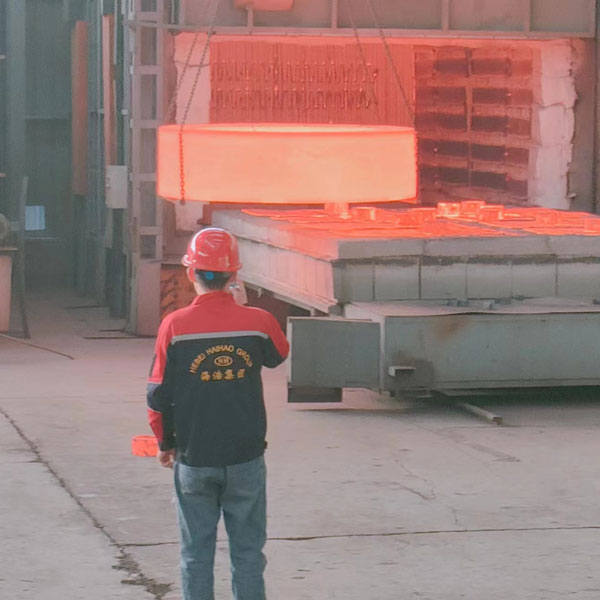Hidden dangers behind post-heat treatment cracking: Understanding reheat cracking in welding
In the welding of certain high-strength steels and high-temperature alloys containing precipitation-strengthening elements (such as Al, Ti, and Nb), an unusual phenomenon sometimes occurs: no cracks are detected immediately after welding, but cracks develop later during heat treatment. This issue is known as Stress Relief Cracking (SR Cracking). Additionally, similar cracking can occur when welded structures operate under high temperatures (around 500–600°C) for long periods. Collectively, these phenomena are referred to as Reheat Cracking.

Hebei Haihao Group
Key Characteristics of Reheat Cracking
Material Specificity:
Reheat cracking occurs only in metals containing precipitation-strengthening elements. Carbon steels and solution-strengthened alloys typically do not experience reheat cracking.
Sensitive Temperature Range:
The cracking is associated with specific temperature ranges during reheating. For low-alloy steels, the sensitive range is approximately 500–700°C, while for austenitic stainless steels and high-temperature alloys, it is about 700–900°C.
Location and Appearance:
Cracks predominantly form along grain boundaries within the coarse-grained heat-affected zone (HAZ), extending from the fusion line into the base metal side. The cracking typically exhibits intergranular features.
Stress Conditions:
Significant residual stresses and stress concentrations are prerequisites for reheat cracking to occur in welded joints.

Heat treatment for stainless steel forgings
Factors Influencing Reheat Cracking
Alloy Composition:
Elements like Cr, Mo, V, Ti, and Nb significantly affect susceptibility. For example, vanadium (V) in pearlitic heat-resistant steels greatly increases sensitivity to SR cracking.
Heating Parameters:
The heating rate and dwell time at certain temperatures influence the tendency for cracking. Different steel grades have different critical temperature ranges.
Grain Size:
Coarser grains increase susceptibility to reheat cracking. Therefore, microstructural control is crucial during welding.
Welding Methods:
Processes involving high heat input, such as submerged arc welding (SAW), promote grain coarsening and therefore increase reheat cracking risk in certain steels. Conversely, in hardenable steels, shielded metal arc welding (SMAW) may present higher risks.
Measures to Prevent Reheat Cracking
Use Lower Strength Matching Filler Materials:
Select welding consumables with slightly lower strength than the base material to reduce residual stress concentration.
Control Cooling Rates:
Apply preheating or post-heating techniques to manage cooling speed and reduce residual stresses.
Optimize Heat Treatment Parameters:
Avoid prolonged exposure within the sensitive temperature range or shorten the residence time as much as possible.
Minimize Residual Stresses:
Improve welding sequence design and joint preparation to lower stress concentrations.
Stabilization Heat Treatment:
For specific alloys (e.g., Incoloy 800HT designed for service temperatures ≥538°C), stabilization treatment post-welding is essential.
Post-Heat Treatment Nondestructive Testing (NDT):
For materials prone to reheat cracking, conduct thorough NDT inspections after heat treatment to detect potential defects early. Email:sales@haihaogroup.com

